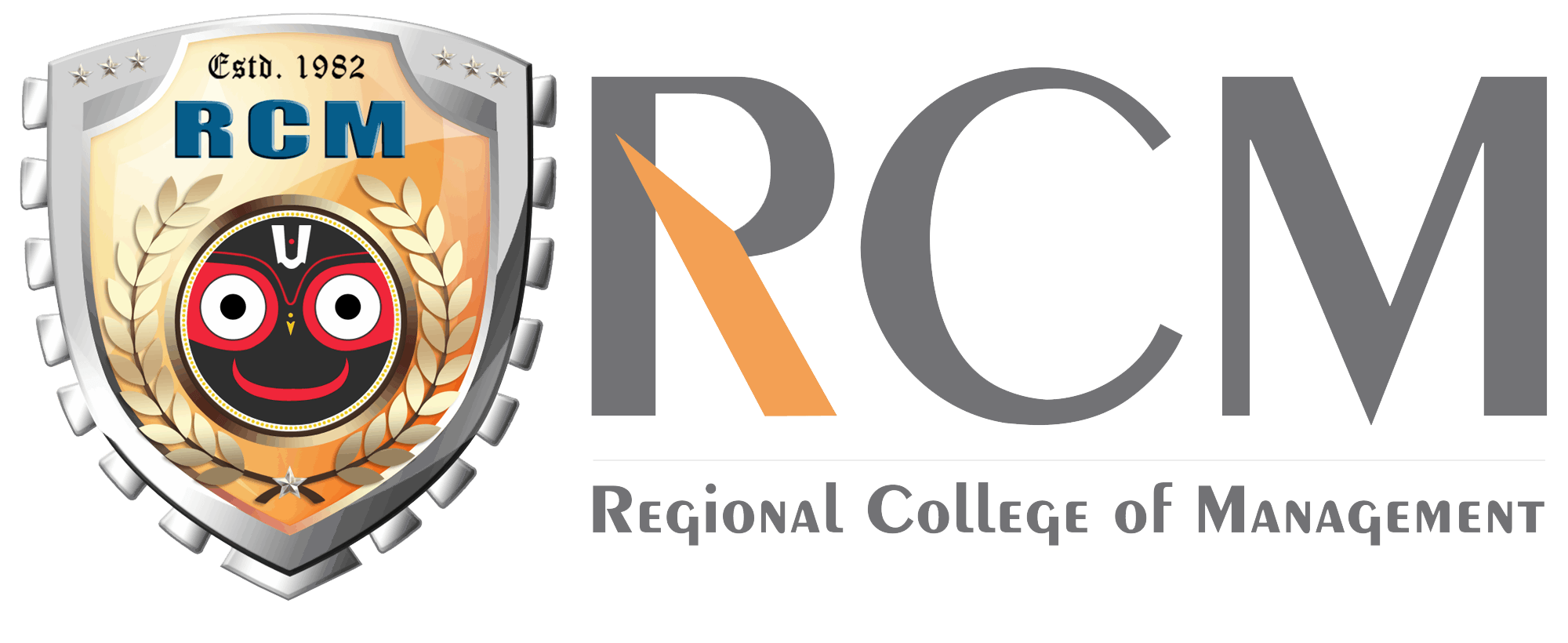What is MAT?
Minimum Alternate Tax (MAT) is a provision in Indian tax law to ensure that companies that earn substantial profits and declare large dividends to shareholders also pay a minimum amount of tax to the government, even if they use tax exemptions, deductions, and incentives to reduce their taxable income.
In other words, MAT acts as a taxation floor. Even if a company’s normal tax liability is low (or nil) due to exemptions, MAT ensures they contribute a minimum tax based on book profits.
MAT Full Form in Tax
- MAT stands for Minimum Alternate Tax.
- It applies primarily to companies and is governed under Section 115JB of the Income Tax Act.
- MAT is calculated based on book profit, not taxable income.
Why was MAT introduced?
Earlier, several companies exploited legal exemptions and deductions to bring down their taxable income to zero. While they were profitable, they paid no taxes. This led to a rise in “zero-tax companies“. To plug this loophole, the Finance Act of 1996 introduced MAT.
Key Terms You Should Know
- Section 115JB – The legal section under which MAT is enforced.
- Book Profit Under MAT – The profit is calculated as per Schedule III of the Companies Act, adjusted for certain additions and deductions.
- MAT Rate – The applicable rate of MAT, currently 15% of book profit (plus surcharge and cess as applicable).
- MAT Applicability – Applies to all companies except those in sectors explicitly exempted like life insurance.
- MAT Credit – If a company pays MAT, it can carry forward the excess tax paid over regular tax as MAT credit for up to 15 years.
MAT Computation and Book Profit Calculation
How is MAT calculated?
To compute MAT, follow this general structure:
Step-by-Step MAT Calculation Format:
- Start with the Net Profit as per the P&L account.
- Add items like:
- Income tax paid or payable
- Provision for deferred tax
- Dividend paid or proposed
- Deduct:
- Exempt income (like SEZ profits)
- Income credited to P&L but exempt under section 10AA or 11
- The resulting figure is your Book Profit under MAT.
- Apply the MAT tax rate (currently 15%).
Example:
| Particulars | Amount (₹ in lakhs) |
|---|---|
| Net Profit as per P&L | 500 |
| Add: Income tax paid | 20 |
| Add: Deferred tax | 10 |
| Less: Exempt Income (SEZ) | 50 |
| Book Profit | 480 |
| MAT @ 15% on 480 | ₹72 lakhs |
MAT Credit Meaning and Utilisation
When a company pays MAT, and in subsequent years, its normal tax liability exceeds MAT, the company can claim MAT credit.
Key Points:
- MAT Credit Carry Forward: Up to 15 assessment years.
- MAT Credit Utilisation: Can be used to offset future regular tax liabilities.
- MAT Credit Entitlement: Only when the MAT paid is more than the regular tax liability.
MAT Provisions under Section 115JB of the Income Tax Act
- MAT Applicability: All companies (domestic and foreign) except those whose income is exempt (like income from shipping companies under tonnage taxation).
- Rate of MAT: 15% (as per the latest Finance Act, subject to changes).
- Surcharge and Health & Education Cess: Additional taxes as applicable.
- Foreign Companies: MAT also applies to foreign companies earning income through PE (permanent establishment) in India.
MAT Syllabus for Students (Commerce, CA, MBA)
If you’re preparing for exams related to taxation, understanding MAT is critical. Important topics include:
- MAT Computation Format
- Calculation of Book Profit for MAT
- Section 115JB of Income Tax Act
- MAT Credit Carry Forward and Set-off
- Minimum Alternate Tax Meaning and Relevance
MAT Tax Rate and Trends
The minimum alternate tax rate has seen changes over time:
| Financial Year | MAT Rate |
|---|---|
| 2015-16 | 18.5% |
| 2019-20 | 15% |
| Present (2025) | 15% |
Note: Surcharge and cess may apply.
What is MAT in Income Tax?
In summary, MAT ensures tax equity by making sure that even zero-tax companies contribute a fair share to the public exchequer.
Here’s a simplified breakdown:
| Term | Meaning |
|---|---|
| MAT Full Form in Tax | Minimum Alternate Tax |
| MAT Section | Section 115JB |
| MAT Rate 2025 | 15% |
| MAT Credit | Excess tax paid over normal tax—carry forward available |
| MAT Credit Utilisation Period | Up to 15 assessment years |
| Book Profit Under MAT | Net profit adjusted for additions and deductions |
How to Prepare for MAT-related Questions in Exams?
If you’re a student preparing for competitive or professional exams, here are some preparation tips:
- Understand Section 115JB thoroughly.
- Practice multiple MAT calculation problems.
- Know the difference between MAT and regular tax computation.
- Use available study material from ICAI, coaching institutions, or MAT syllabus PDFs.
- Study real-life case studies of companies that paid MAT.
MAT vs Regular Tax: What’s the Difference?
| Basis | MAT (Minimum Alternate Tax) | Regular Income Tax |
|---|---|---|
| Based on | Book profit | Taxable income |
| Applicable When | Regular tax < MAT | Regular tax > MAT |
| Section | 115JB | Varies by income type |
| Carry Forward | Yes, MAT credit available | Not applicable |
| Purpose | Ensure minimum tax payment | Tax on net income |
Common Questions Answered
1. What does MAT stand for?
MAT stands for Minimum Alternate Tax.
2. Is MAT applicable to all companies?
Yes, except for those whose income is exempt (like life insurance businesses or units under specific sectors).
3. How is the book profit for MAT calculated?
Book profit is calculated by adjusting the net profit (as per P&L) for specified items listed in Section 115JB.
4. What is MAT credit?
It is the excess tax paid under MAT, which can be carried forward and set off against regular tax liabilities.
5. What is the MAT rate in 2025?
The MAT rate is 15% of book profit, excluding surcharge and cess.
MAT Syllabus and Study Resources
For exam preparation, refer to:
- MAT Syllabus PDFs from ICAI or top coaching centers.
- Practice MAT computation format questions.
- Section 115JB of the Income Tax Act for theoretical clarity.
- Focused topics on MAT applicability, MAT credit, and book profit.
Conclusion
Understanding what MAT is and its implications under Indian tax law is crucial for both corporate taxpayers and commerce students. With a firm grasp of Section 115JB, MAT tax rate, book profit under MAT, and MAT credit carry forward, you’ll be well-equipped to navigate or explain MAT in any tax-related context.
Whether you’re preparing for CA exams or managing a company’s taxation, MAT is an essential concept you can’t afford to ignore.































